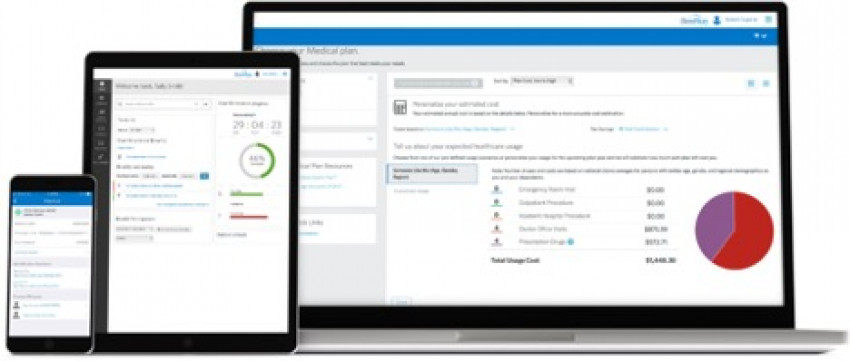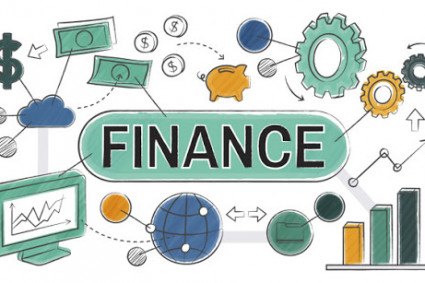
The primary reason to implement HRIS is to acquire, classify, process, record, and discriminates the data and information needed for effective administrative work in the organization. Within a very short period, it has become the talk of the human resource departments because of its multiple facets of usefulness.
Personal Data Administration:
HRIS stores personal information like the name, address, date of birth, joining date, employee ID, marital status of every employee of an organization. It also encompasses the name and address of the next kin of the concerned associate.
Associate Leave History:
HRIS is used to maintain the leave history of each associate. Employee’s entry and exit from the workplace are recorded in the system. When an employee takes a leave, the day is also marked accordingly in the system. It curtails the chance of malpractice of cutting off salary due to miscalculation of leaves and late entries.
Performance Appraisal and salary administration:
HRIS generates performance appraisal data which displays a comprehensive overview of the scores each employee earns according to the different criteria of performance. The management can also check out the due date of appraisal and the concerned employee’s potential for promotion. The factual data obtained from the HRIS can be used to impart professional training and also implement employee mobility in the form of promotion and transfer. Besides, it is used to generate a report containing crucial information like the current salary, last pay, payslip, and proposed increment.
Manpower Planning:
HRIS identifies vacancies and keeps information on organizational requirements in terms of positions. HRIS software self service connects the applicants of a particular job role to the required positions in the company. Moreover, it also redirects through a logical progression step to be taken for associate progress and advancement.
Recruitment:
Timely recruitment of good resources is considered to be the most essential function of HRM. HRIS helps in the recruitment process by recording the details of activities involved throughout the onboarding process. These may include cost, method of hiring, and time taken to fill the vacant positions.
A well-developed Human Resource Information Software offers a bucketful of advantages like the following:
- With the implementation of this software, the management will notice a drastic reduction in the cost of stored data in human resources. Computerization of personal records is always a cost-effective option as it cuts down the manual labor coming from the end of the clerical staff. They also deal with the pressure of providing more information whilst the software displays the personal records more accurately bringing down the administrative cost.
- HRIS is used to have a better analysis to drive effective decision-making as it generates flawless reports. The accuracy of various administrative data like the pay and personal records are improved with the implementation of this automated system.
- Besides cost-effectiveness, time-saving is another major factor that proves the efficacy of the HRIS. It takes around one-third less time than a new employee takes to process the reports. To get routine information saves 55-90 % of the time to do the same work completed through manual methods. From generating data for audit, preparing weekly, monthly, quarterly, and annual reports, the automated system saves many hours.
Df Insurance offers world-class HRIS software which is known for errorless efficient benefits administration like centralized employee enrollment status management, levels & contribution levels coverage, efficient workflow & document management, and comprehensive audit trail. With the HRIS software self service capability, the management can view and manage benefit plans, get centralized access to company documents, tasks and notifications, and get facilities of an end to end Time-off management.




